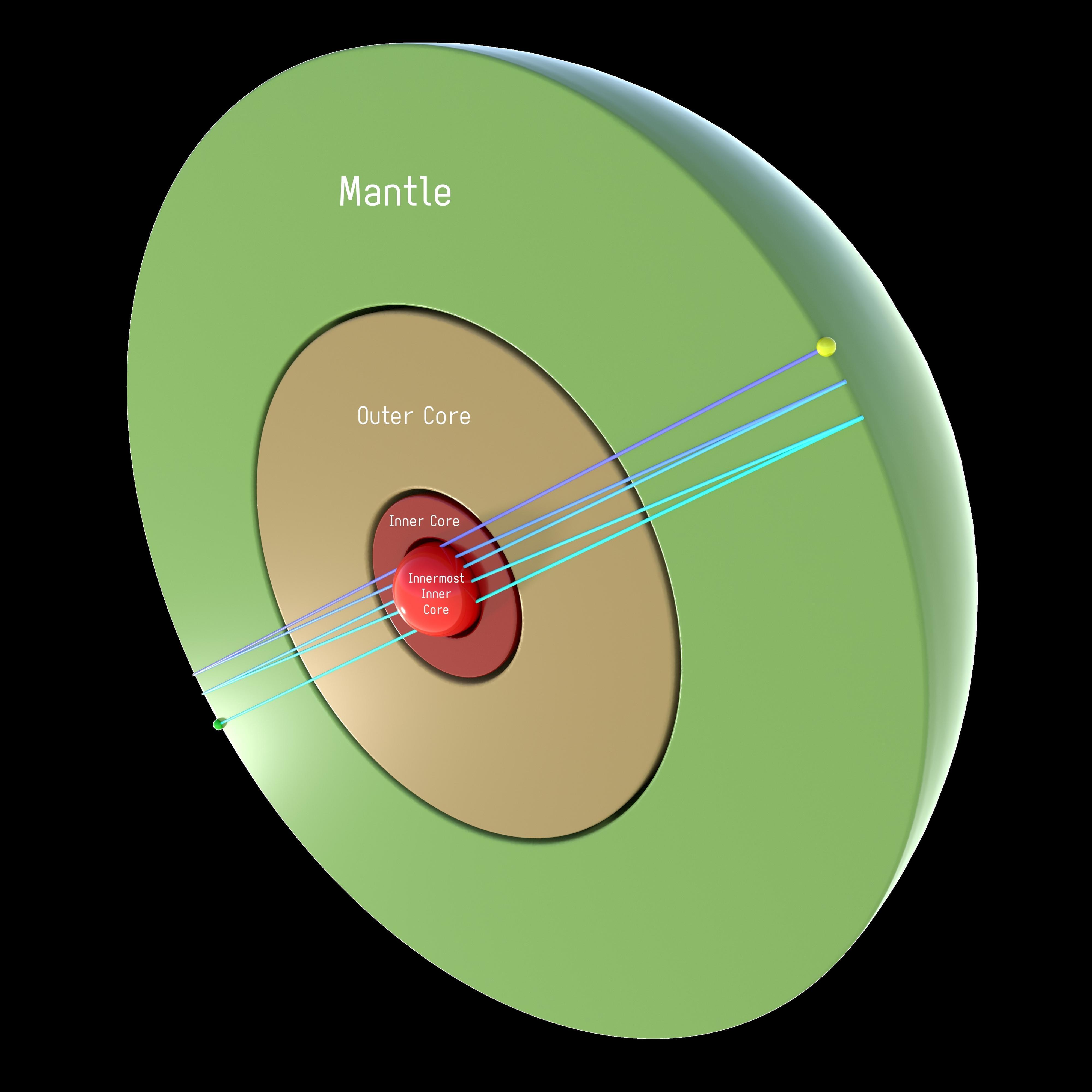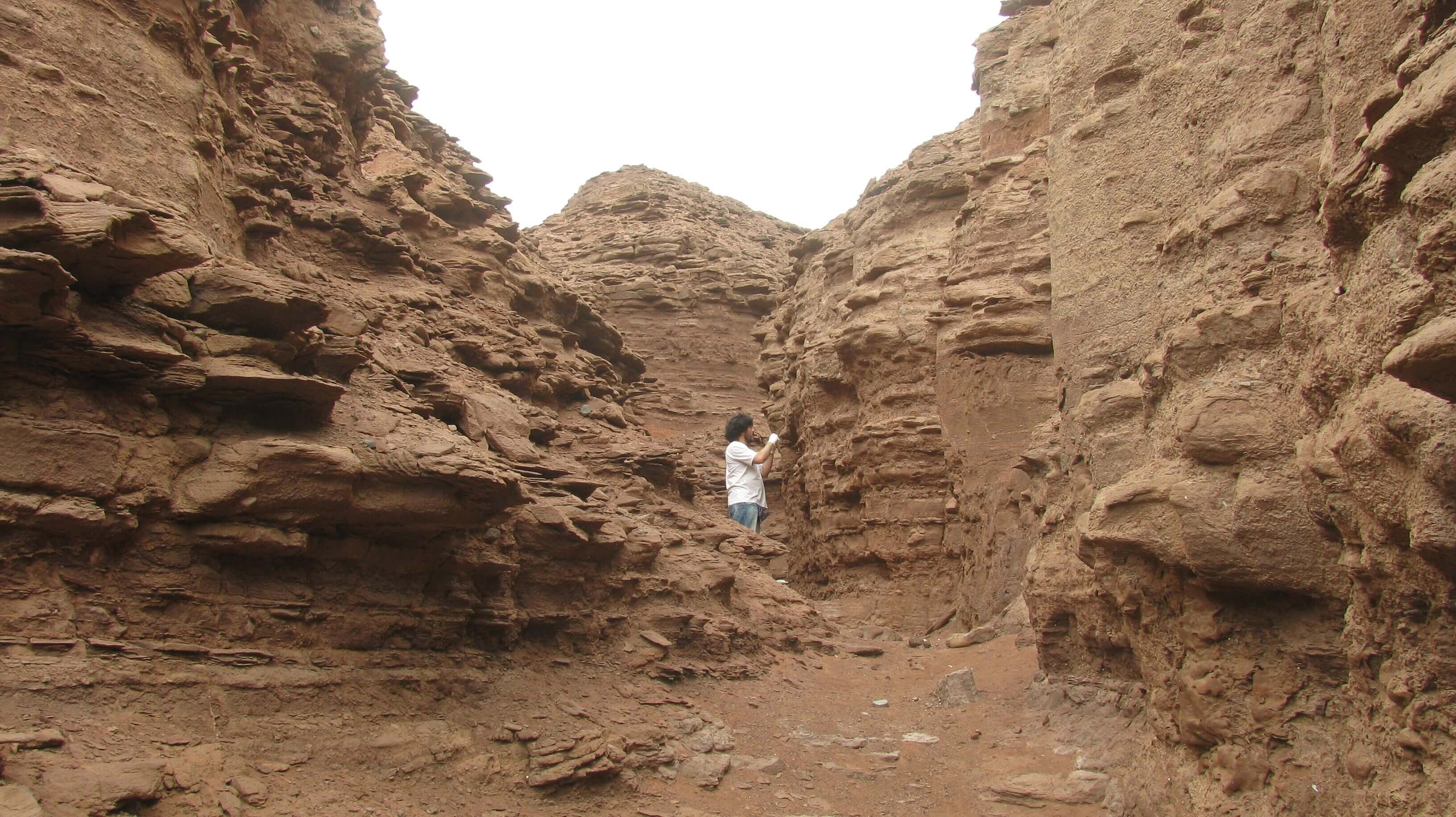

Seismic waves traveling five times along the Earth's diameter provide a new tool for probing the Earth's inner core. Image via Drew Whitehouse
What is the innermost part of the earth - the core of the earth? Is it as unique as the movie "Journey to the Center of the Earth"?
In the early morning of February 22, a paper published online in the international academic journal Nature-Communications stated that the innermost core of the earth may be an iron ball with a radius of about 650 kilometers located in the inner layer, and the iron ball is connected to the outer layer of the earth's inner core. separate.
The above research results may improve our understanding of the formation and evolution of the Earth.
The title of the paper is Up-to-fifivefold reverberating waves through the Earth's center and distinctly anisotropic innermost inner core.
The corresponding author and first author of the paper is Thanh-Son Phạm, a postdoctoral fellow at the Australian National University's Institute of Earth Sciences. The other author of the paper is Professor Hrvoje Tkalčić, head of the Department of Seismology and Mathematical Geophysics at ANU's School of Earth Sciences.
Studying Earth's core is critical to understanding planetary formation and evolution. Researchers have long hypothesized about the existence and size of such an innermost core, but these hypotheses have been controversial. Probing the innermost core of the Earth has been difficult to progress due to the lack of detectors sensitive enough to sample the Earth's deep interior.

Researchers work at the detection site. Image via Margarita Azua
The researchers combed through data from current detectors, measuring the different arrival times of waves of seismic energy produced by earthquakes as they propagated through Earth's interior. For the first time, they observed these waves traveling back and forth up to five times along the entire diameter of the Earth. The travel times of these waves reveal the existence of a distinct inner shell, with a radius of about 650 km, separated from the outer core. The researchers believe that this internal interface may reflect a rapid change in the growth of the inner core.
The authors point out that further studies are needed to characterize the transition between the innermost core and the inner outer shell to better understand Earth's deep interior and formation history.
The researchers believe that this inner interface may reflect the rapid changes in the growth of the Earth's inner core. Further studies are still needed to study the characteristics of the transition between the innermost core and the inner core shell to better understand the deep interior and formation history of the Earth.
An article published by the British Broadcasting Corporation (BBC) in August 2015 stated that the core of the earth is almost certainly composed of iron. The Earth's core is thought to be about 80 percent iron, although the precise amount is still to be determined. Iron is one of the most common elements in the Milky Way and is also commonly found in meteorites. But the actual amount of iron on the surface is much less than we thought. So there are theories that when the Earth was formed 4.5 billion years ago, a large amount of iron settled into the core.